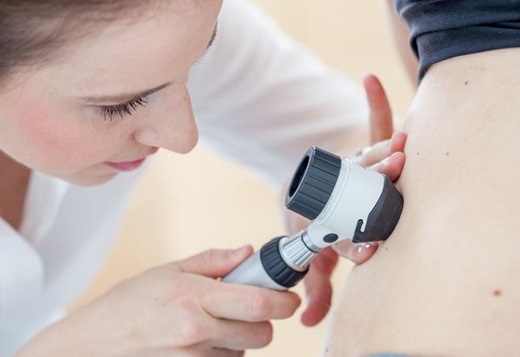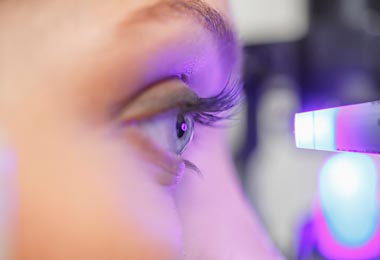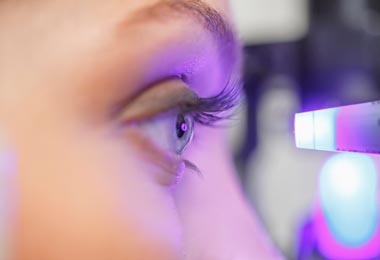Melanoma: What Women Need to Know About This Skin Cancer
It’s easy to think that skin cancer isn’t serious. After all, most skin cancers are usually treatable when caught early. But it’s important to understand the statistics. About 87,000 people are diagnosed annually with melanoma, the most serious type of skin cancer, according to the American Cancer Society. While men are almost twice as likely to die from this cancer, there are some important facts about melanoma that every woman should know:

- Women 49 or younger have a higher probability of developing melanoma than any other cancer, except breast or thyroid cancer.
- Until the age of 49, more white women develop melanoma than white men.
Here's how to identify melanoma and prevent skin cancer.
How to Spot Melanoma
Melanomas are treatable when caught early, so it’s important to examine your skin on a regular basis. The ABCDE process can help you spot suspicious changes in moles:
- Asymmetry: Half the mole doesn’t match the other.
- Border: The border of the mole is ragged or irregular.
- Colors: The mole is more than one color.
- Diameter: The mole is larger than a pencil eraser.
- Evolution: The mole is changing, getting larger or bleeding.
Who is at risk?
People with fair skin and lighter eyes and hair tend to be particularly vulnerable to skin cancer. Other risk factors include a family history of melanoma, more time spent unprotected in the sun, early childhood sunburns, immunosuppressive disorders, a weakened immune system, and having many freckles or moles.
Both men and women are at risk, but there is one troubling trend: an alarming surge in melanoma rates in young women. This is largely due to tanning from the sun and in tanning salons. Tanning — either at beaches or salons — is a major risk factor for skin cancers.
Telemedicine Dermatology Services

To request an in-person or telemedicine appointment with a Johns Hopkins dermatologist, call 410-955-5933.
Five Tips for Skin Cancer Prevention
Fortunately, all types of skin cancer are preventable. Here are five tips for skin cancer prevention:
- Apply a broad-spectrum sunscreen, SPF 30 or higher, every three hours while in the sun. Hold a spray nozzle 1 centimeter from the skin to ensure proper application.
- Steer clear of peak sunlight hours between 10 a.m. and 2 p.m. While outside, wear a hat or visor and sunglasses.
- Avoid getting a tan. While some people have a misconception that having a tan is healthy, the truth is that a tan occurs when UV light damages DNA, and that sends a signal to the skin to produce and migrate melanin to the upper layers of the skin to protect it from further DNA damage. The signals that give people a tan are actually the types of changes on a molecular level that can cause skin cancer.
- Have yearly skin checks by a dermatologist, especially if you have a personal history of skin cancer or sunburns.
- Do a skin self-exam, head to toe, once a month before or after a shower.





